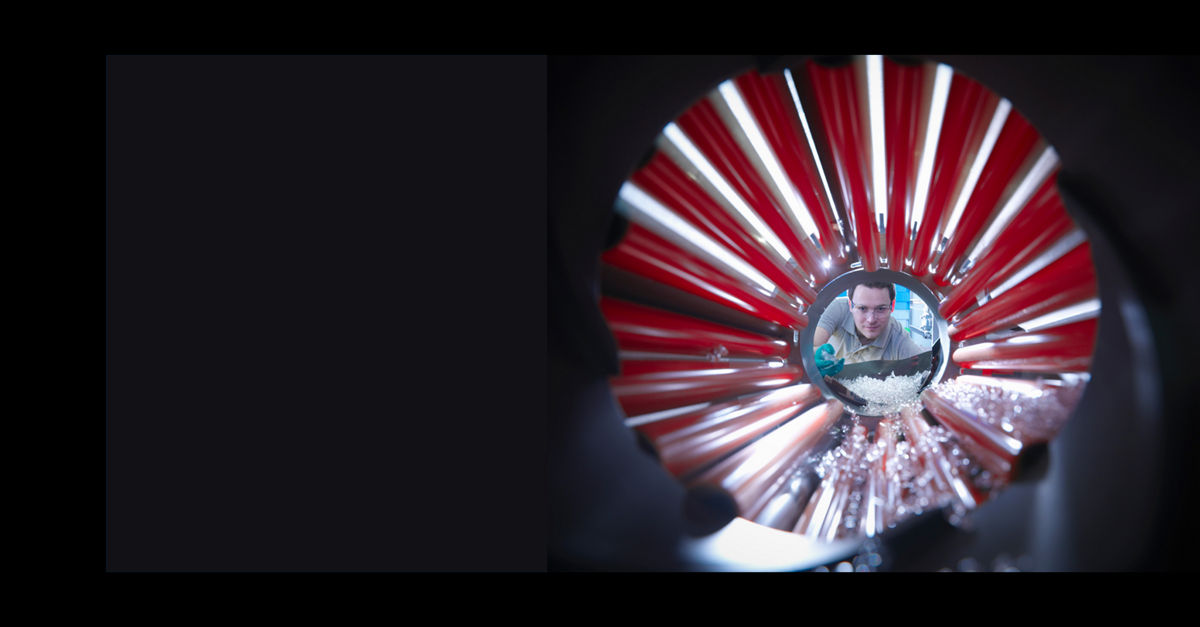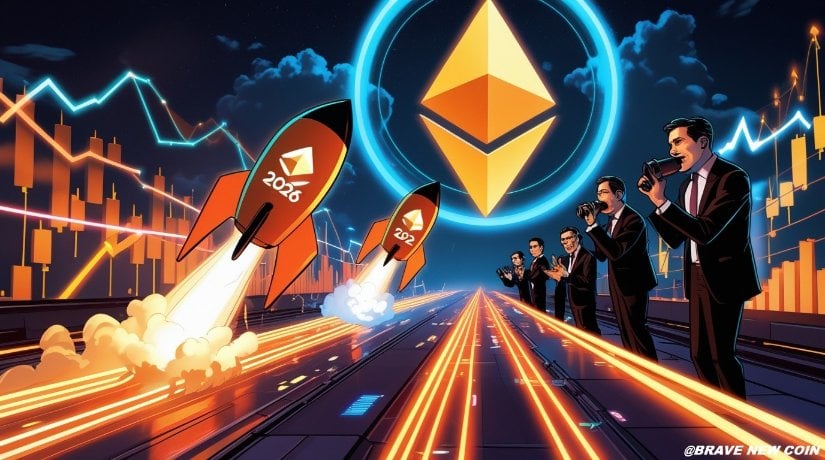
To monetize the circular economy, Deloitte specialists worked closely with Covestro to develop a scalable framework and implemented it in pilot projects with three objectives: First, to achieve concrete use cases and success stories. Second, to generate momentum within and beyond the respective business units to emulate these positive experiences – and third, to build a standardized curriculum for monetizing circular economy at the corporate level and to make it available globally across all divisions, while continuously expanding its scope.
Three real pilot projects with sustainable products from Covestro were selected, covering various materials and application industries. In addition to the central Circular Economy unit at Covestro, the individual business units responsible for the respective product were also involved. The project, which lasted nine months, did not follow a conventional consulting approach. Instead, Deloitte focused on enablement with an innovative lab format: interactive lab sessions, divided into a total of 12 steps in four phases, helped to build the necessary new skills within the company and to anchor them in the operational units. The full-day lab sessions, with presentations from internal and external specialists, took place at intervals of several weeks. In between, the Covestro teams implemented the planned steps and received support in the form of individual coaching from Deloitte specialists.
Throughout the project, the marketing approach for the pilot products was aligned with the circular objective. This included early interaction with corporate customers to help identify the need for sustainable solutions, analysis of the relevant material cycles, and definition of corresponding product segments. Deloitte contributed client insights from its cross-industry network, which provided a valuable database and contacts to other companies in the respective value circles.
It was particularly important to establish holistic thinking in the value creation cycle. The focus was no longer just on the technical product functions, but also on the applications and, above all, their added value for potential customers from different industries – from the construction industry to telecommunications to the consumer goods industry. At the same time, this required communication with new stakeholder groups, for example in product management. Instead of traditional cost-based pricing, value-based pricing mechanisms were developed that help quantify and reflect the added value of sustainable circular products. In addition, value propositions and storylines were developed for an optimal market positioning of these products – another aspect in which the circular marketing framework differs from conventional B2B monetization.
link






